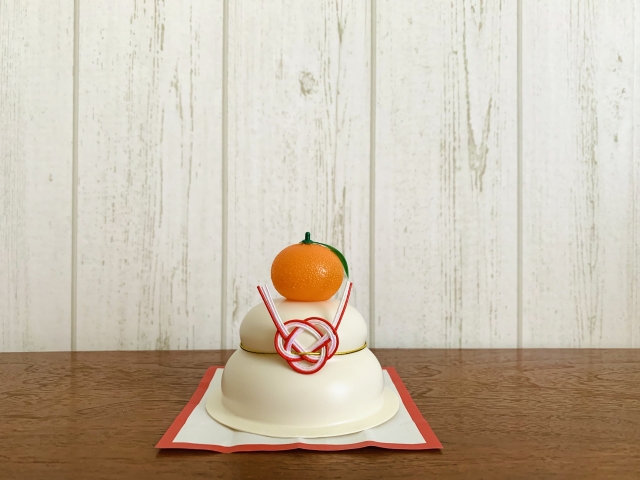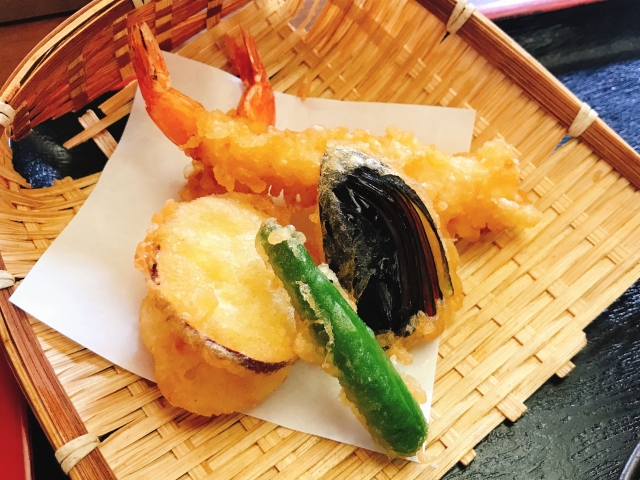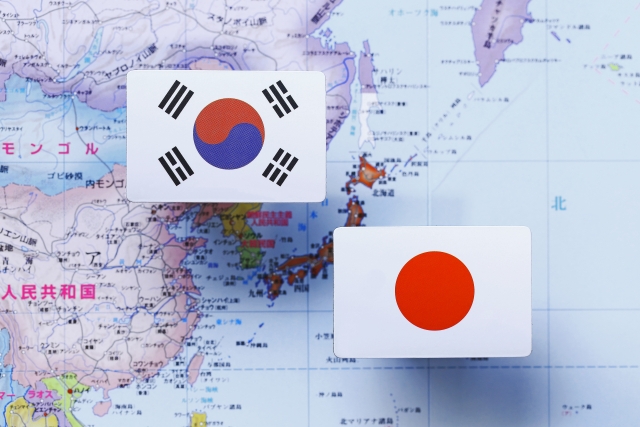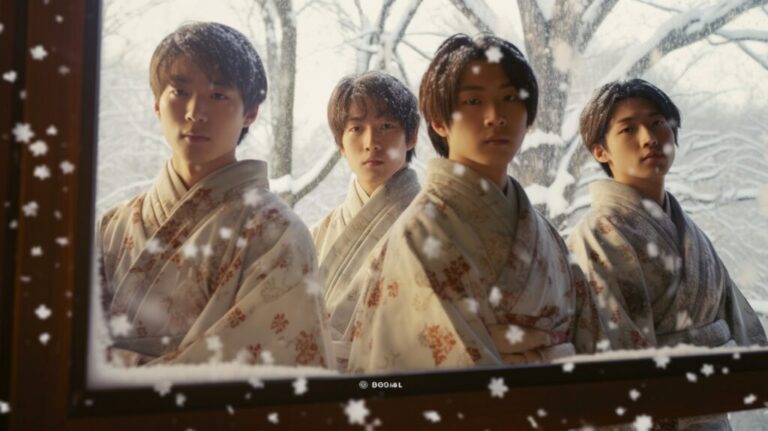How do you spend the beginning of the year?
In Japan, the days leading up to January 7 are generally called “osyougatsu,” January 1 is called “gantan,” and January 1 through 3 are called “sanganichi.
Every country is in a festive mood on the day the year begins, and Japan has similar customs to celebrate the New Year.
Since many of these customs are unique to Japan, they can be a fresh experience for foreign nationals visiting Japan.
In this article, I would like to explain the question, “What do people do on New Year’s Day in Japan?” I would like to explain such questions as “What do people do during the Japanese New Year?

Contents
New Year’s Events in Japan
Let’s start with some of the New Year’s events that take place in Japan.
If you are in Japan during this season, please take the initiative to experience the Japanese New Year.
Hatsuhinode (First Sunrise of the New Year)
Hatsuhinode” refers to the sun rising on the morning of January 1.
In Japan, the sun seen on New Year’s Day, the beginning of the year, is considered auspicious because it is said that “the god of the year descends.
Many Japanese people get up early and worship the first sunrise of the year in order to see the moment when the sun rises.
Some even travel to the best spots to see the first sunrise on the night of December 31.
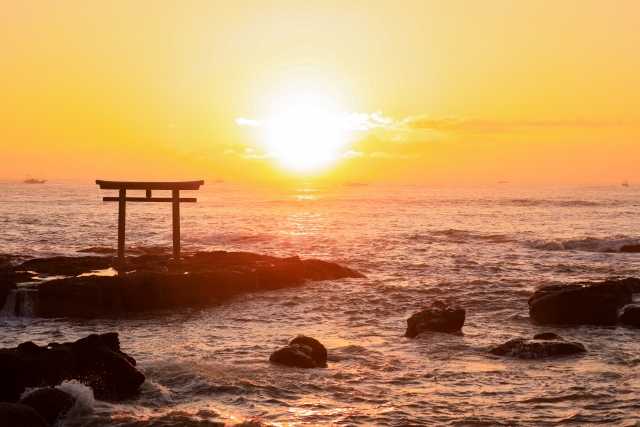
Hatsumode
Hatsumode” refers to the first visit to a shrine or temple in the New Year.
It is a custom that began in the Edo period (1603-1867), and every year many Japanese people go to shrines and temples in various regions to pay their first visit to the New Year.
In particular, highly prestigious shrines with the names “XX Jingu,” “XX Miya,” and “XX Taisha” are visited by about one million worshippers each year.
Meiji Jingu Shrine in Tokyo has become so popular that it attracts about 3 million worshippers each year.
Hatsumode (New Year’s visit) is often held from shortly after the new year begins at midnight until January 7. During this period, amazake (sweetened sake) and other treats are often served, and food stalls line the streets.
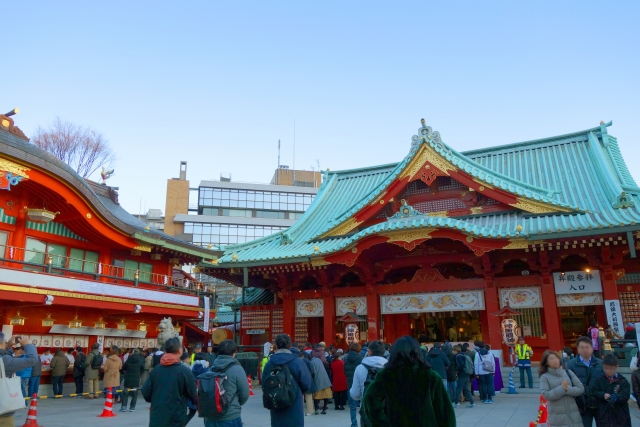
Omikuji (fortune telling)
If you are going to pay a New Year’s visit to a shrine or temple, one thing you cannot miss is the omikuji.
Omikuji are fortunes for the year ahead, and can be drawn at shrines and temples.
Omikuji can be drawn at shrines and temples, and the amount of money required to draw the omikuji must be paid before picking it up.
Generally, there are seven types of omikuji: “ookichi,” “kichi,” “chukyoshi,” “shokichi,” “suokichi,” “sue kichi,” “wickedness,” and “daiwaku.
After praying, you will draw an omikuji (fortune slip).
The result is only a guideline for the year and should not be redrawn.
It is important to spend the year with care based on the content of the omikuji.
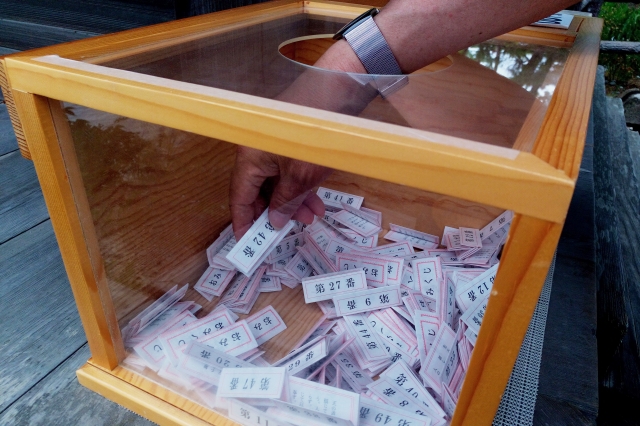
Osechi cuisine
In Japan, these dishes are eaten from New Year’s Day to the first three days of the New Year.
- Eggs
- Black soybeans
- Red and white fish paste
- Datemaki
- Chestnuts and kinton (sweetened chestnuts)
- grilled sea bream
- Kelp roll
- Shrimp
These ingredients are packed in a special stacked box and placed on the table.
Not only are the ingredients delicious, but their colorful appearance is so beautiful that it can be considered an art form.
In recent years, the opportunity for young families to enjoy this dish has been decreasing, but it is available at various stores, so be sure to buy one and try it for yourself.

Nengajo (New Year’s greeting card)
Nengajo” are postcards (letters) that convey New Year’s greetings to those who are indebted to you.
The New Year’s greeting is written in the form of a postcard, which expresses gratitude for the past year and wishes the recipient a happy new year.
In order to be delivered on New Year’s Day, the postcard must be posted before the new year begins (December 25).
If you receive a New Year’s greeting card between New Year’s Day and the first three days of the New Year, immediately purchase a postcard at a convenience store, write on it, and post it in the mailbox.
However, families who have had a death in the immediate family within the past year will receive a “mourning postcard,” so do not send a New Year’s greeting card to that person.

Ozoni
Ozoni” is a soup dish made with rice cakes.
It is a custom to eat it to express gratitude for the harvest and safety of the previous year, and to pray for a bountiful harvest and family safety in the new year.
In the Kanto region, rice cake and various other ingredients are added to soy sauce-based soup, but in other regions, the soup may be miso-based or contain different ingredients.
In the Kanto region, the rice cake is square in shape, while in the Kansai region, it is round.
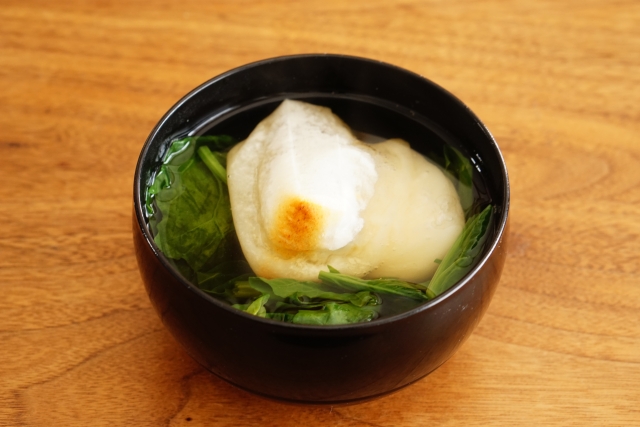
Otoshidama (New Year’s gift)
Otoshidama is a gift given to children in the form of a small pouch.
The recipients are not only parents to their children, but also grandparents to their grandchildren, teachers to their students, elders to their children, and so on.
However, please note that it is not acceptable to give New Year’s money to children of superiors, such as children of seniors.

Kagamimochi
Kagamimochi are rice cakes offered to the New Year’s gods on New Year’s Day.
The name “Kagamimochi” comes from the fact that the shape of the rice cake resembles the shape of a mirror that was once used in Japan.
Kagamimochi is made by stacking two tiers of mochi, with the first tier being larger than the second.
Although some people make (or make) mochi at home, in modern times, people often buy Kagamimochi on sale and offer them as an offering.
It is said that orange oranges are placed on top of the Kagamimochi to wish for the prosperity of the descendants from generation to generation.
To be precise, the fruit placed on top of the ochina is not a mandarin orange, but a fruit called “orange.
Many Japanese people still misunderstand that they are mandarin oranges.
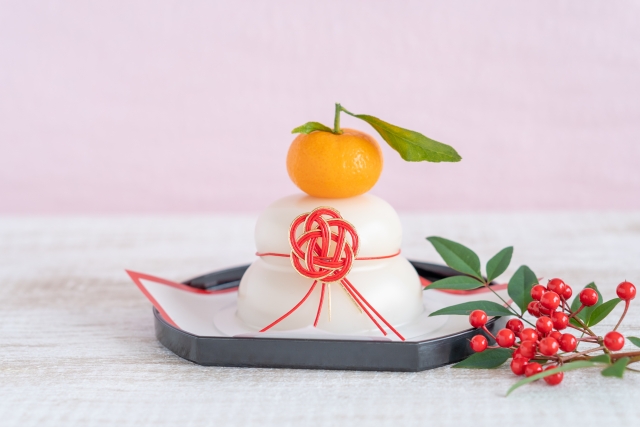
Conclusion
In this issue, I have explained the question, “What do we do at New Year’s in Japan?” I have explained the question, “What do they do during the Japanese New Year?
As mentioned here, there are many unique Japanese New Year’s events.
You don’t have to do all of them, so why don’t you experience some of them when you celebrate Oshogatsu in Japan?

